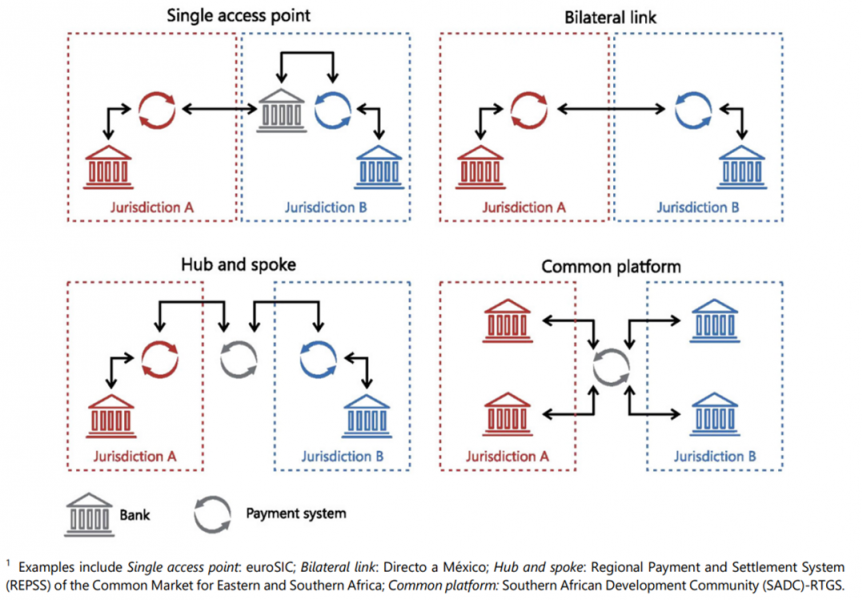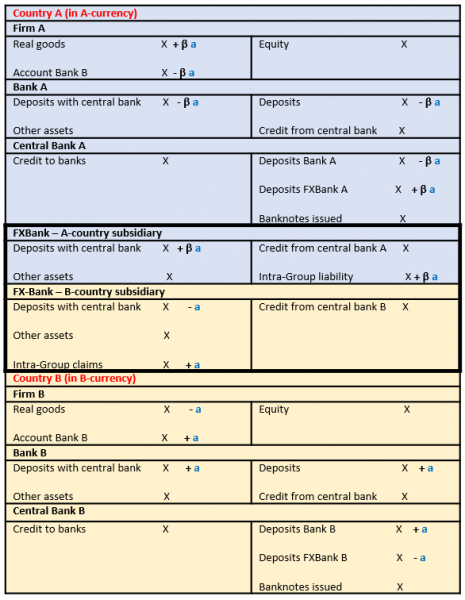References
Bank of International Settlements Innovation Hub (BISIH). (2021a). Nexus – A blueprint for instant cross-border payments. Bank of International Settlements, Basel
Bank of International Settlements Innovation Hub (BISIH). (2021b). Liquidity Providers. Available at: https://nexus.bisih.org/fx-providers-and-liqudity-providers/liquidity-providers
Bech, M. L., Faruqui, U., & Shirakami, T. (2020). Payments without borders. BIS Quarterly Review, March.
Bindseil, U. (2019). Central Banking before 1800: A Rehabilitation. Oxford University Press.
Bindseil, U., & Pantelopoulos, G. (2022). Towards the Holy Grail of Cross-Border Payments. ECB Working Paper No. 2693.
CPMI. (2016). Fast payments – Enhancing the speed and availability of retail payments. Bank of International Settlements, Basel.
CPMI. (2020). Enhancing cross-border payments: building blocks of a global roadmap. Stage 2 report to the G20 – technical background report. Bank of International Settlements, Basel.






